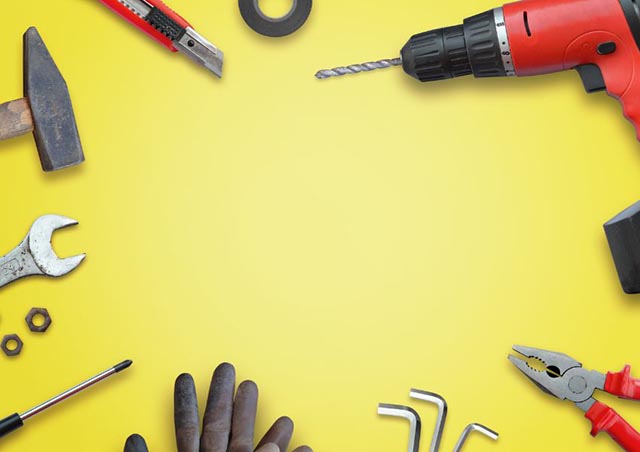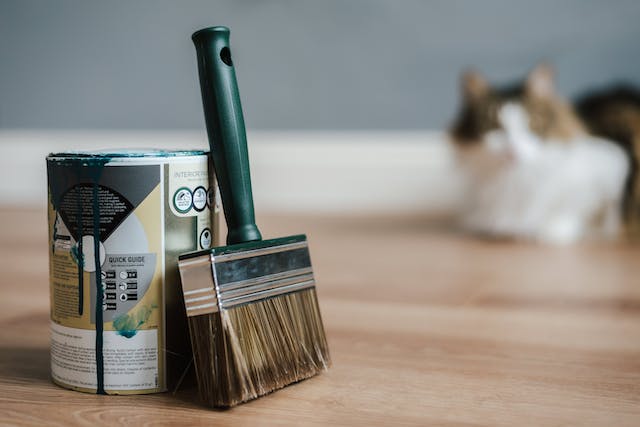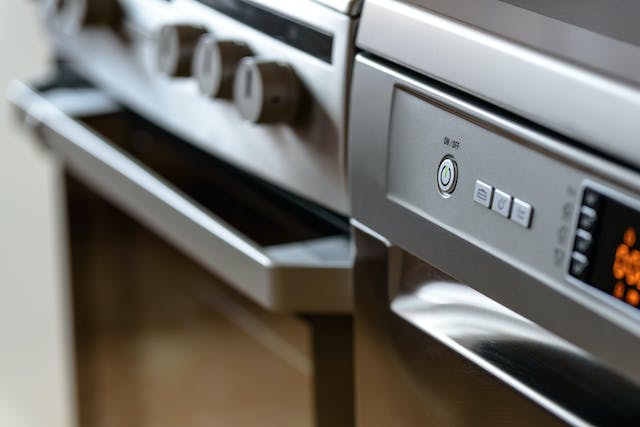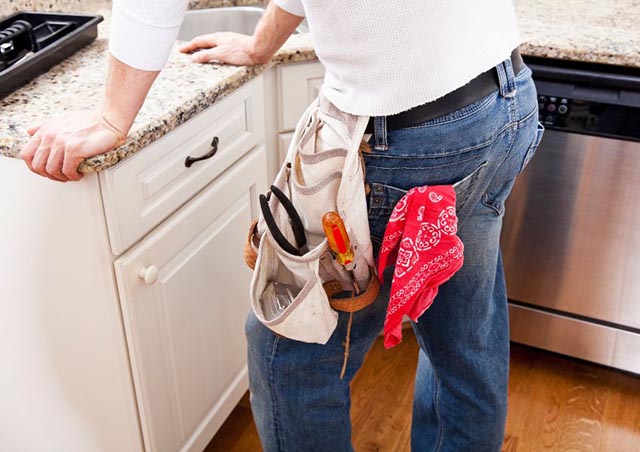
As a landlord and property owner, keeping your property in good condition should be your top priority. After all, a well-maintained rental unit is more attractive to potential tenants, which can significantly minimize vacancy periods.
Regular upkeep also helps retain existing tenants and reduces the risk of costly emergency repairs, preserving the property's value over time. Unfortunately, wear and tear in a home is inevitable due to the natural aging process of materials and the daily activities of its occupants.
For example, carpets naturally fade and flatten with foot traffic, paint loses its luster due to exposure to light and air, and appliances age with regular use. No matter how careful tenants are, normal living activities like cooking, cleaning, and moving furniture contribute to minor scuffs, scratches, and wear.
Environmental factors also play a significant role in wear and tear. Humidity can cause wood to swell or warp, while temperature changes may create cracks in walls or ceilings. These occurrences happen slowly, making wear and tear a predictable aspect of property ownership.
Over time, even high-quality construction materials succumb to the effects of friction, moisture, sunlight, and temperature fluctuations.
Understanding that wear and tear is unavoidable is crucial for landlords. It’ll help you establish fair expectations with tenants and adopt a more proactive approach to property maintenance. In this article, the experts at NFI Property Management Solutions will go over everything you should know about normal wear and tear.

What Is Normal Wear and Tear?
Wear and tear refers to the natural and gradual deterioration of a property and its fixtures due to regular use and the passage of time. It is a normal part of homeownership and renting, as materials and surfaces experience daily usage and exposure to environmental elements.
Factors such as foot traffic, sunlight, humidity, and temperature fluctuations also contribute to this process. For example, hardwood floors may lose their shine over time, and appliances may show signs of aging despite proper care.
Unlike damage caused by negligence or misuse, wear and tear occurs even with careful and regular maintenance. However, addressing signs of normal wear and tear through routine maintenance can help preserve a property’s value and ensure a comfortable living space for occupants.
Common Signs of Normal Wear and Tear
Understanding wear and tear is essential for landlords, as it helps differentiate unavoidable aging from damage requiring repair. Here are the most common signs of normal wear and tear you’ll find in a rental property:


- Faded or Chipped Paint: Paint tends to fade away or unpeel over time, especially in areas exposed to direct sunlight or frequent touch This, along with minor chips or scuffs, is a common sign of normal wear and tear.
- Worn Carpets: Carpets tend to show signs of wear, especially if they’re in high-traffic areas such as hallways and living rooms. This includes flattened fibers, minor stains, or fraying around the edges.
- Scuffed or Scratched Flooring: Hardwood, laminate, and tile floors can accumulate scuffs and light scratches from normal daily use. These marks are more common in high-traffic areas, such as entryways, halls, and kitchens.
- Worn-Out Door Handles: Door handles can become loose or worn due to frequent use.
- Minor Cracks in Walls: Small cracks in walls, especially near doors and windows, are a result of the normal settling of a building’s foundation. As long as they are small and superficial, cracks should not be a cause for concern for property owners.
- Scratched Fixtures: Fixtures such as faucets, light switches, and cabinet handles can show signs of wear out, such as scratches and dullness, from everyday use. These signs are typically cosmetic only and do not impact their functionality.
- Worn or Broken Appliances: Over time, highly used appliances like refrigerators, ovens, and washing machines can show signs of wear, such as faded exteriors, minor dents, and functionality problems. Appliances that are used regularly age faster so frequent breakdowns or significant performance issues can be normal as appliances reach the end of their lifespan.

What to Do About Normal Wear and Tear?
Addressing normal wear and tear promptly is important for several reasons. First, it helps maintain the property’s value by preventing minor issues from escalating into costly repairs. Timely maintenance also ensures that the property remains attractive to current and future tenants, fostering tenant satisfaction and encouraging lease renewals.
Additionally, addressing wear and tear promptly demonstrates professionalism, which can strengthen the landlord-tenant relationship and reduce the likelihood of disputes. Here’s what you should do if you come across signs of normal wear and tear in your rental property:
1. Document the Damage
When you come across signs of wear and tear, the first thing you must do is document the damage. No matter how small it is, taking photos and detailed notes of any damage is crucial to assess the severity of the problem and compare the condition of the property before tenants move in.
2. Assess the Severity and Coordinate Repairs
The next thing you should do is assess the severity of the damage and determine whether repairs are necessary. Issues such as loose door handles, scuffed walls, or worn carpets can be easily addressed, which can go a long way in preventing further deterioration.

3. Schedule Necessary Maintenance
Once wear and tear have been identified, you must schedule necessary maintenance promptly to prevent further deterioration. This might include repainting walls, replacing worn carpets, or fixing minor plumbing issues. If the signs of wear and tear are recurring, you should consider upgrading materials to more durable options or working with more qualified contractors.
4. Communicate with Tenants
Communication is key when addressing signs of wear and tear. As a landlord, you must let tenants know what steps you’ll be taking to address maintenance issues. Additionally, keeping open lines of communication with tenants can help you ensure they’re following proper care practices and maintenance guidelines.
Bottom Line
Wear and tear is a normal aspect of owning a rental property. Everyday use, combined with environmental factors such as sunlight and temperature changes, can accelerate the natural deterioration process of a property.
By addressing issues promptly, planning routine maintenance, and using durable materials, you can combat the effects of normal wear and tear and keep your rental property in prime condition all year round! If you have any more questions about normal wear and tear, contact NFI Property Management Solutions!